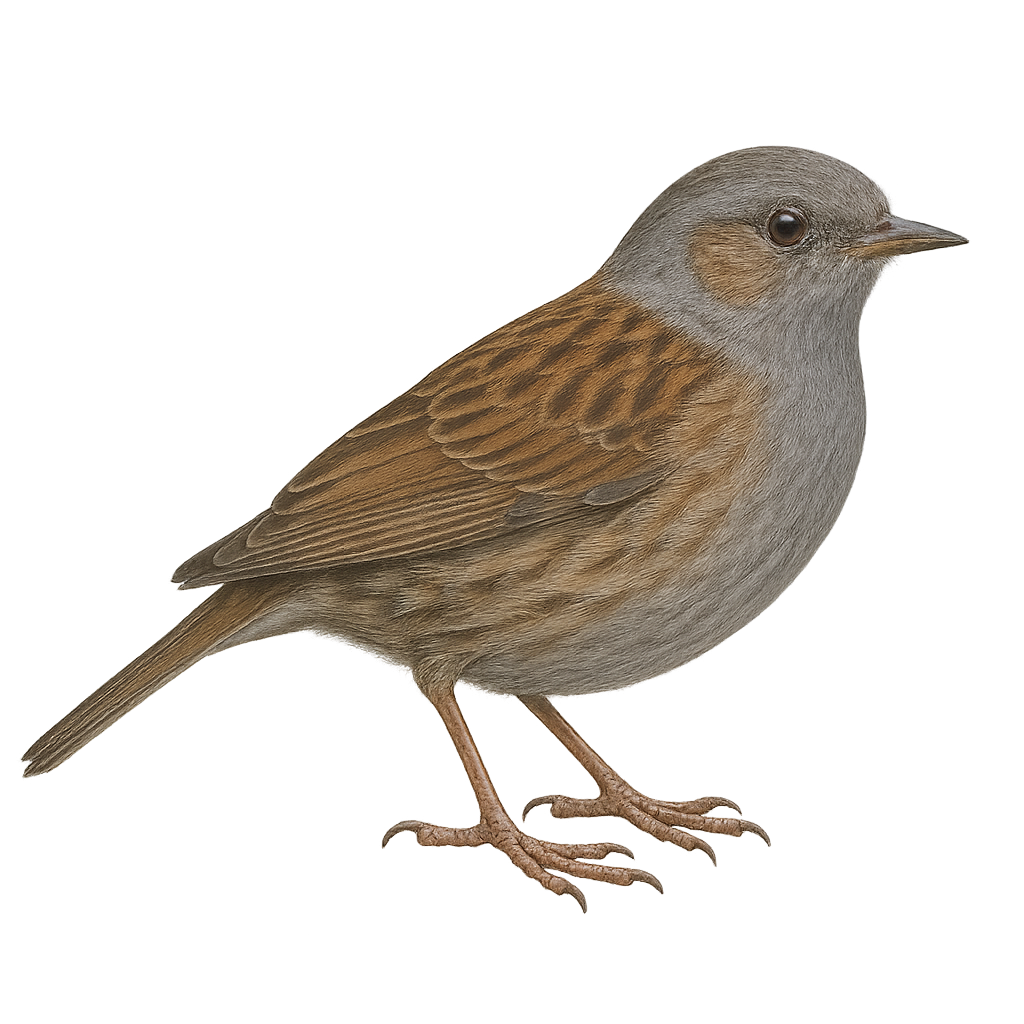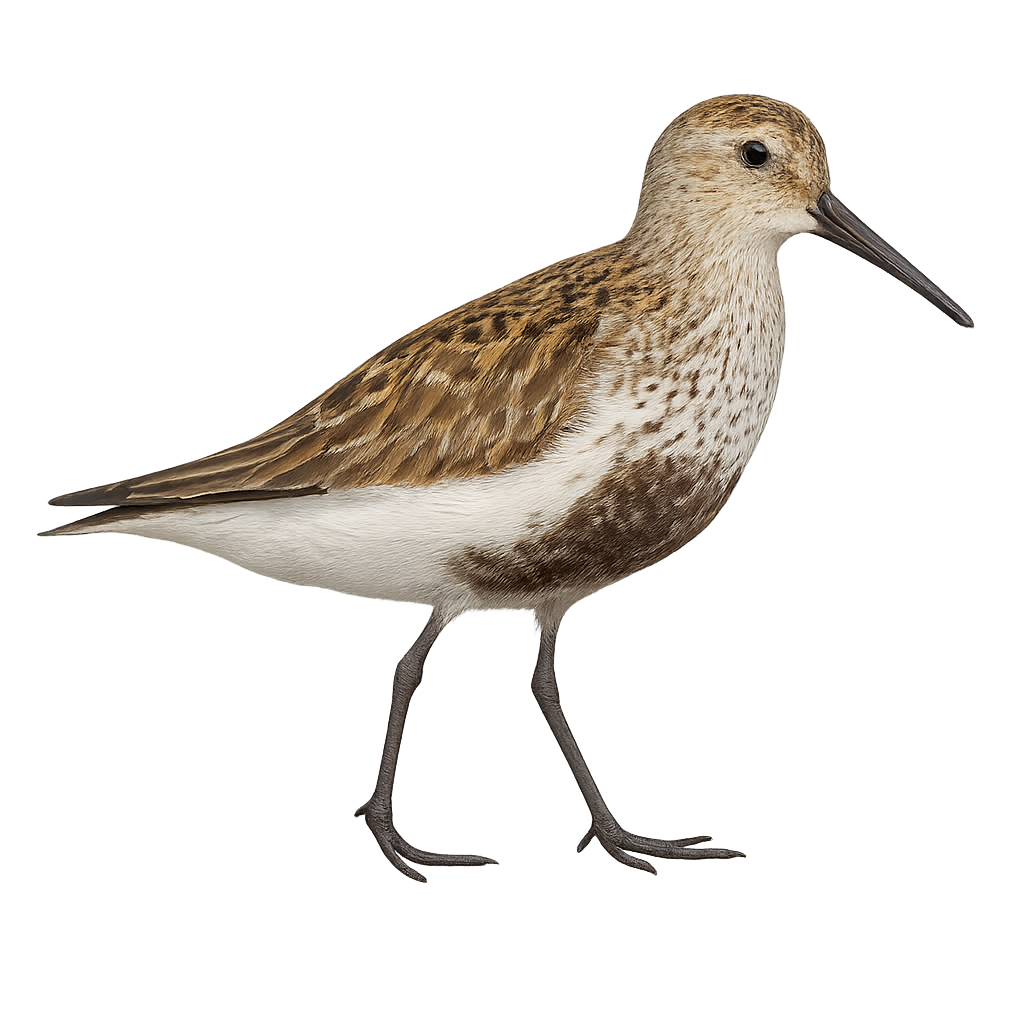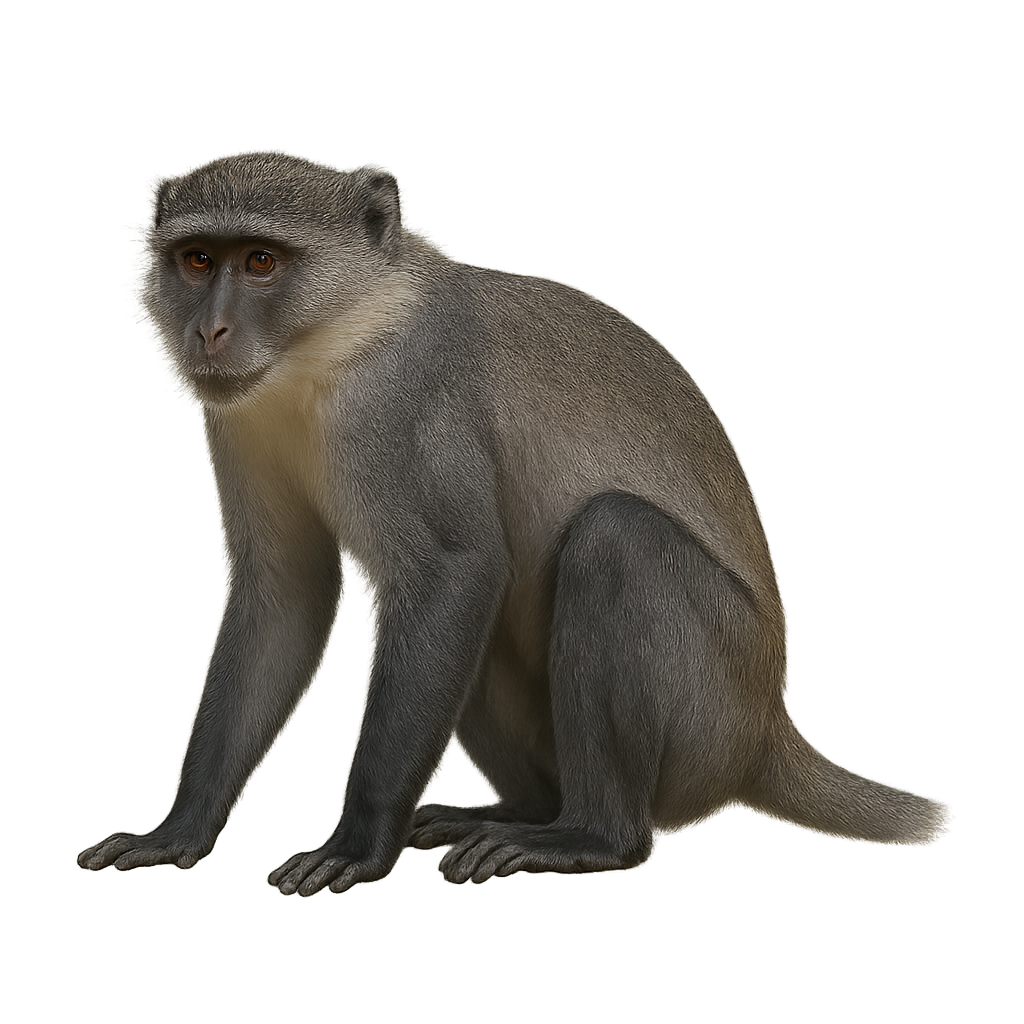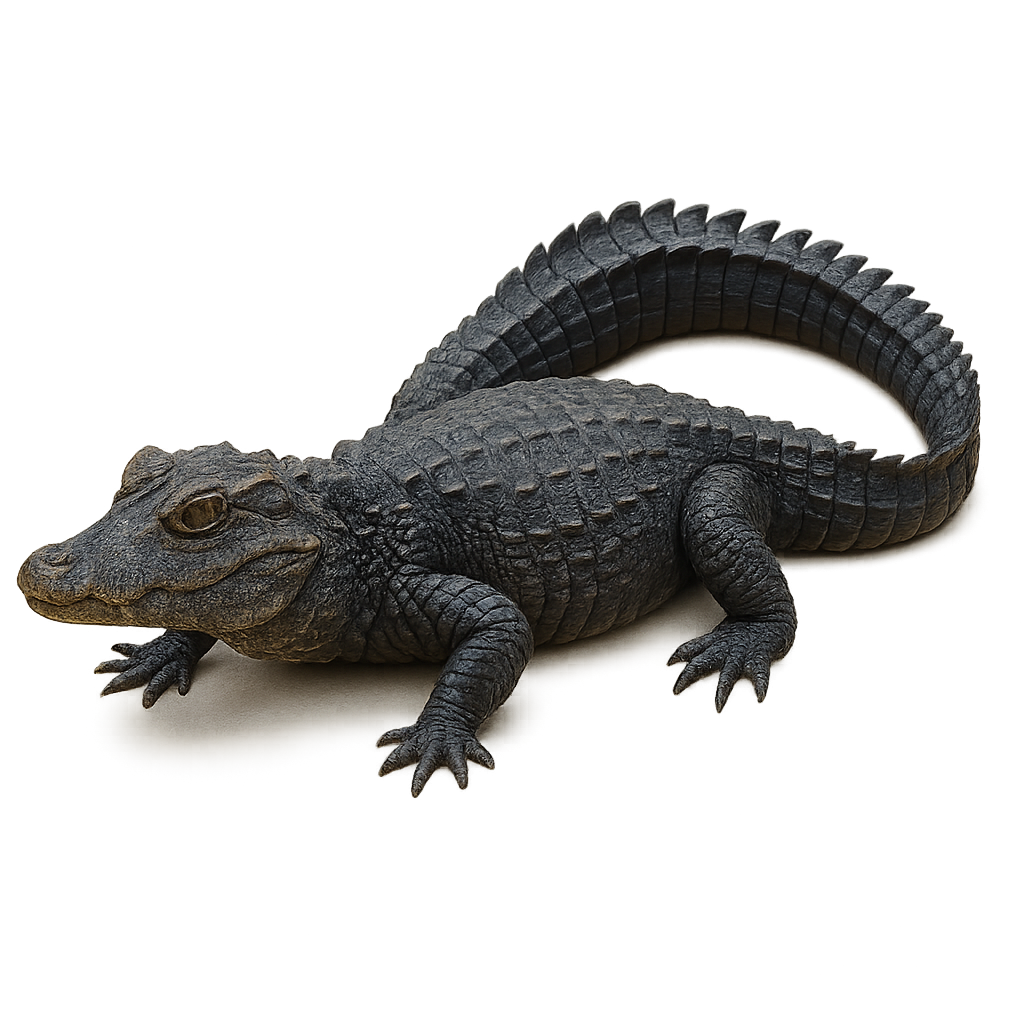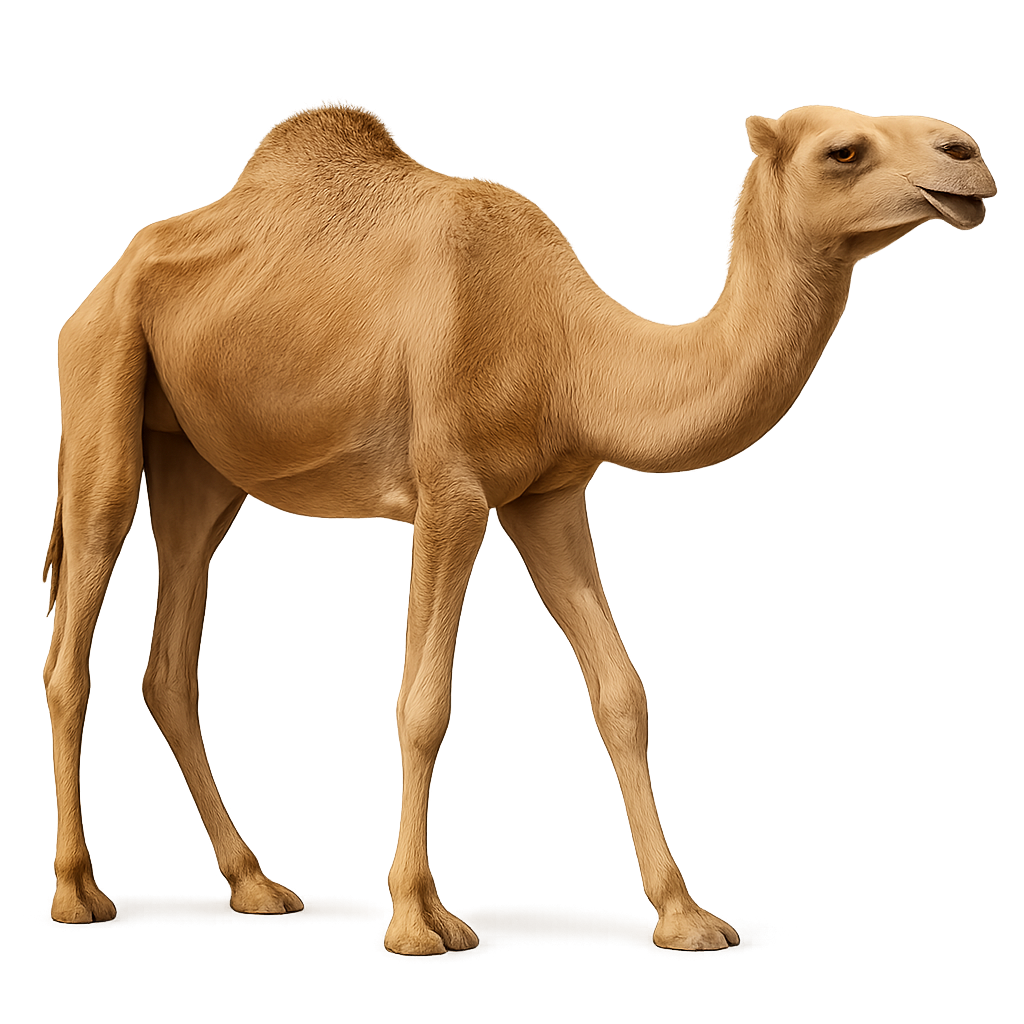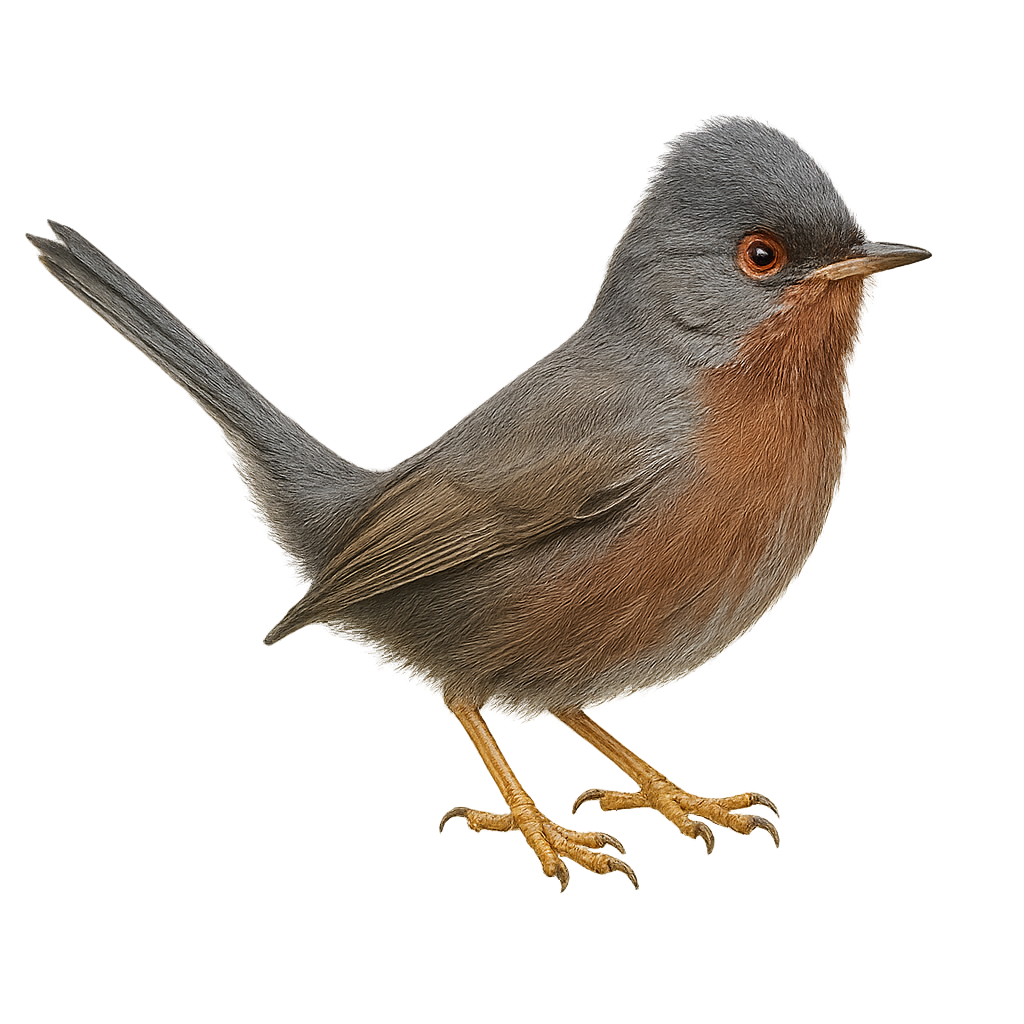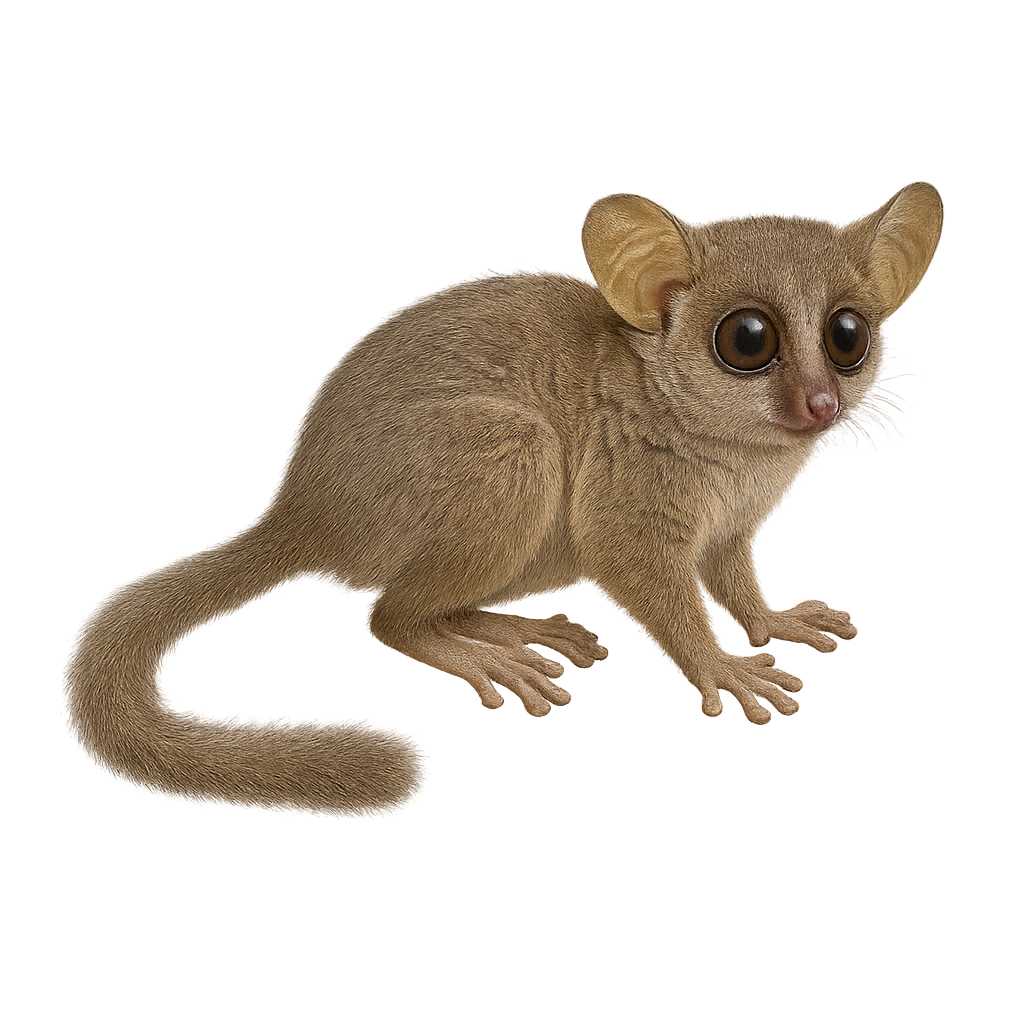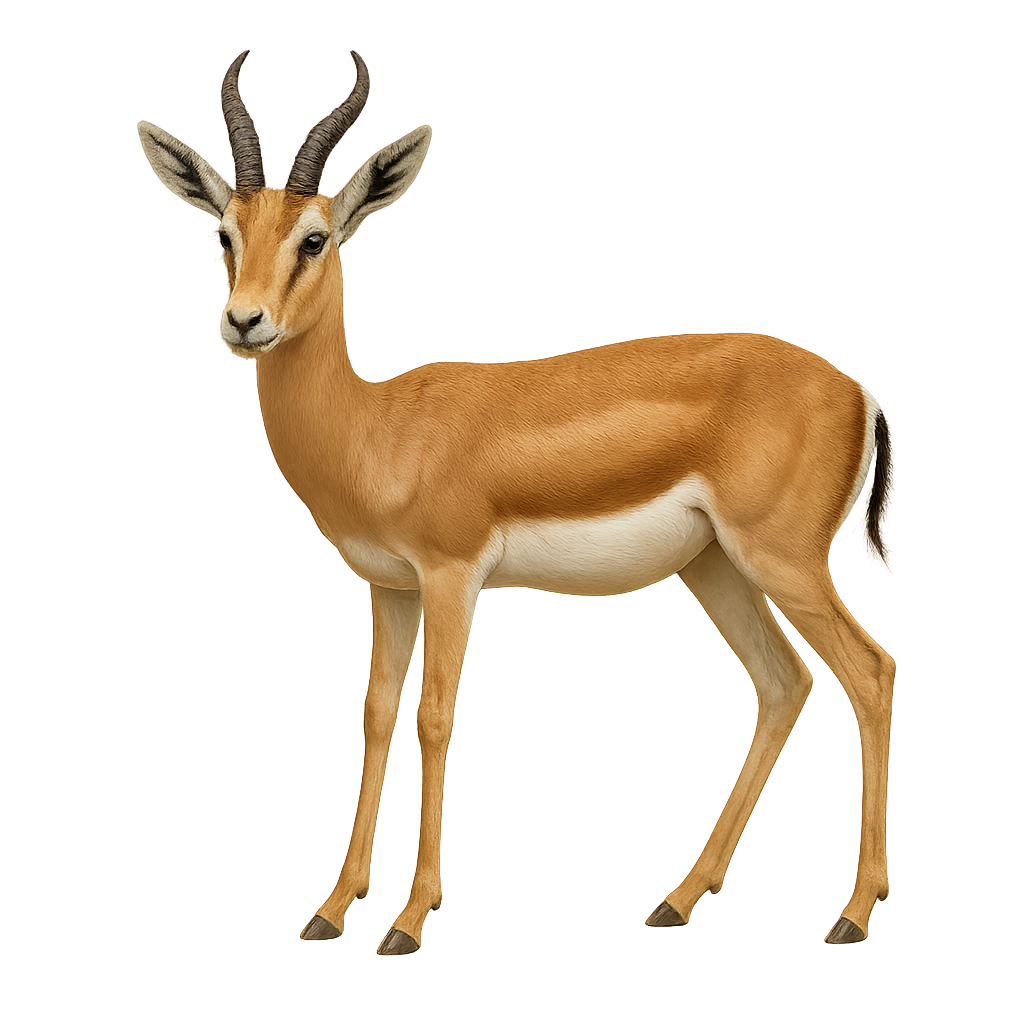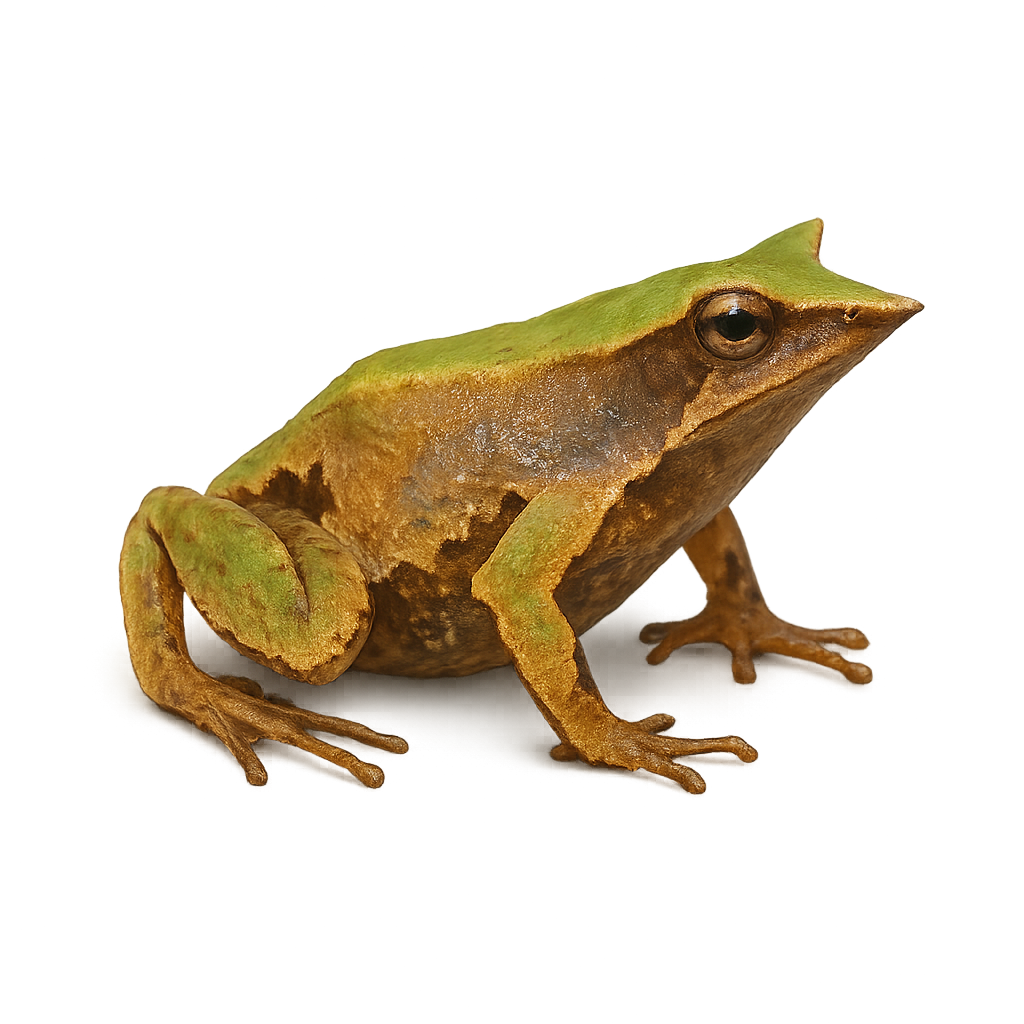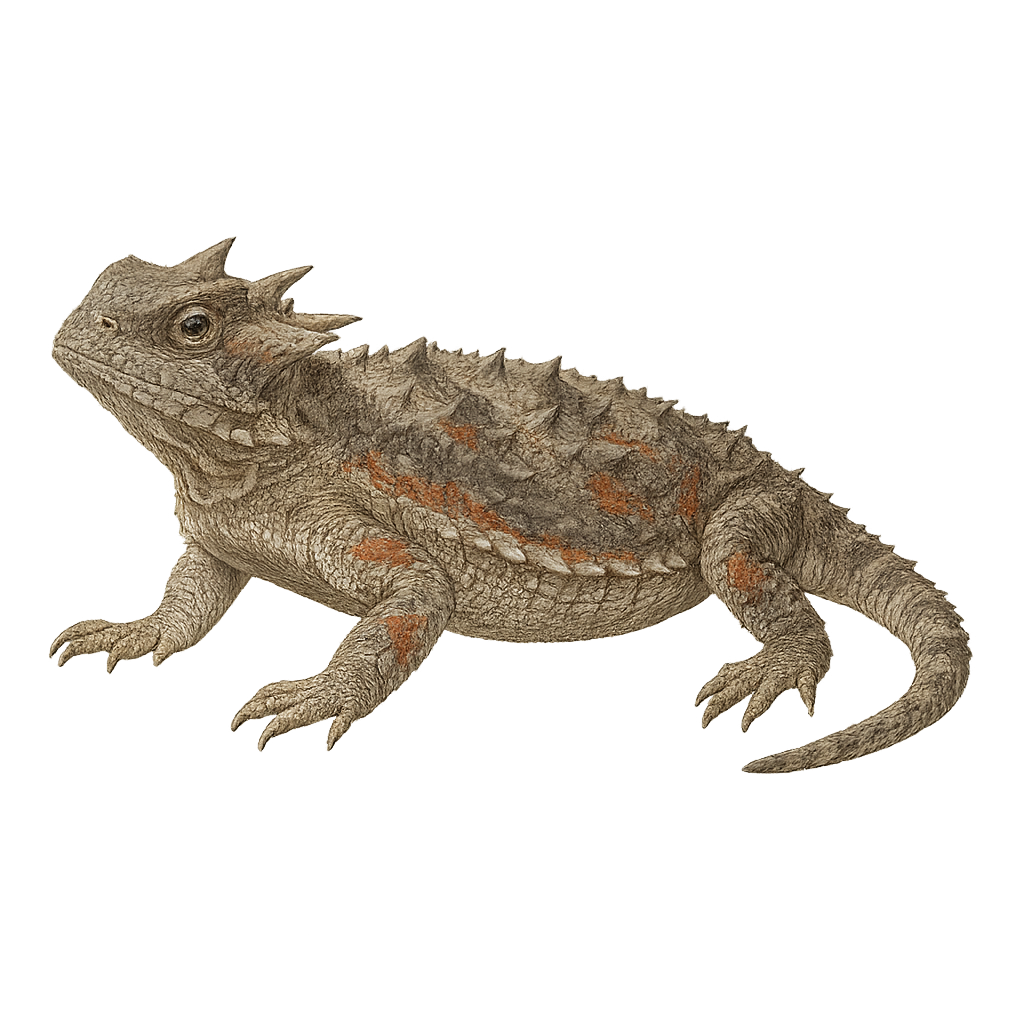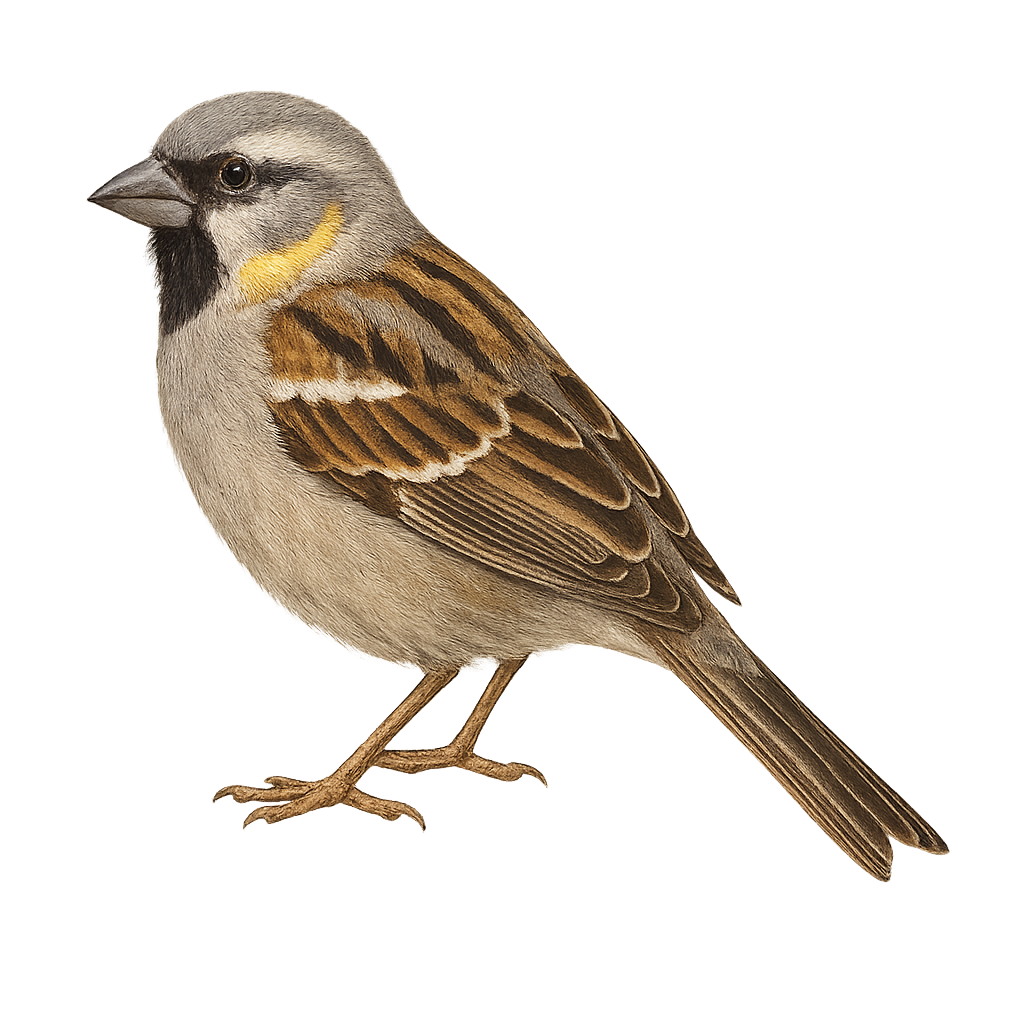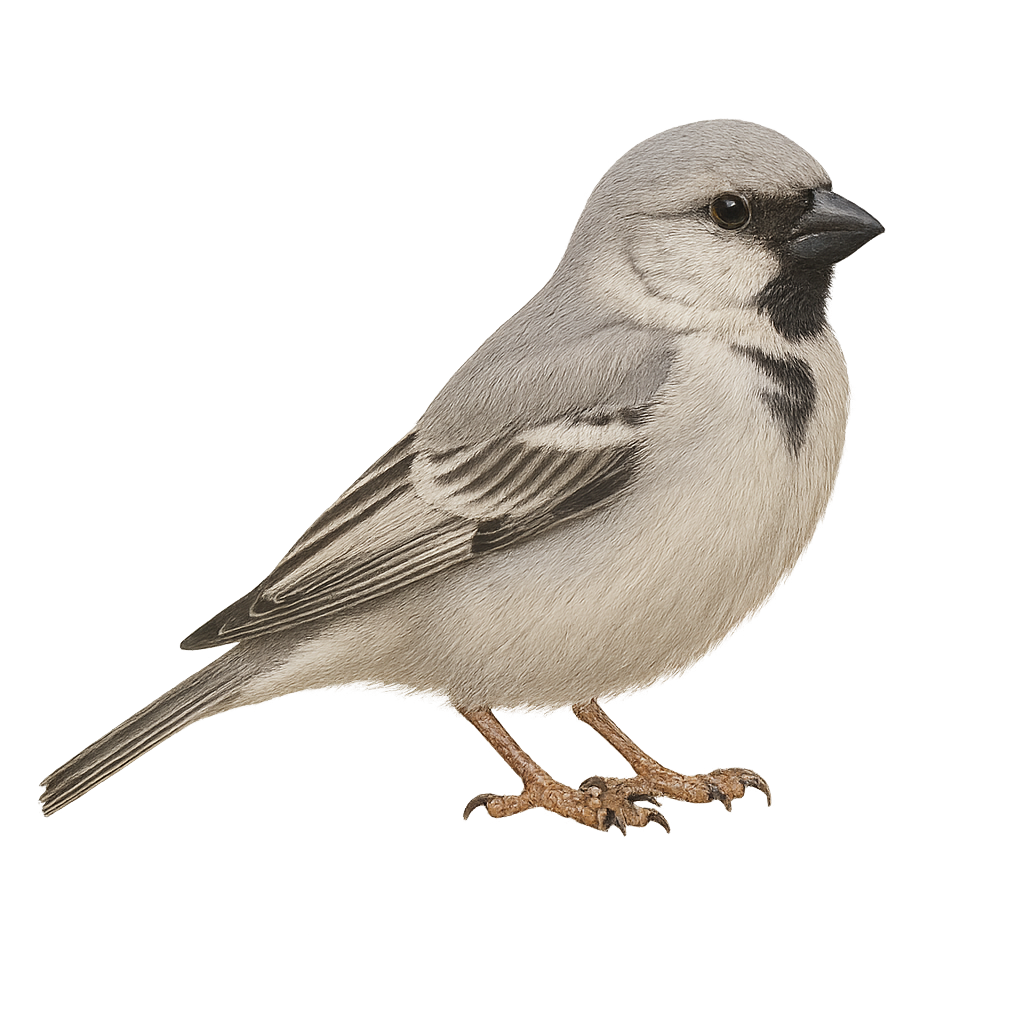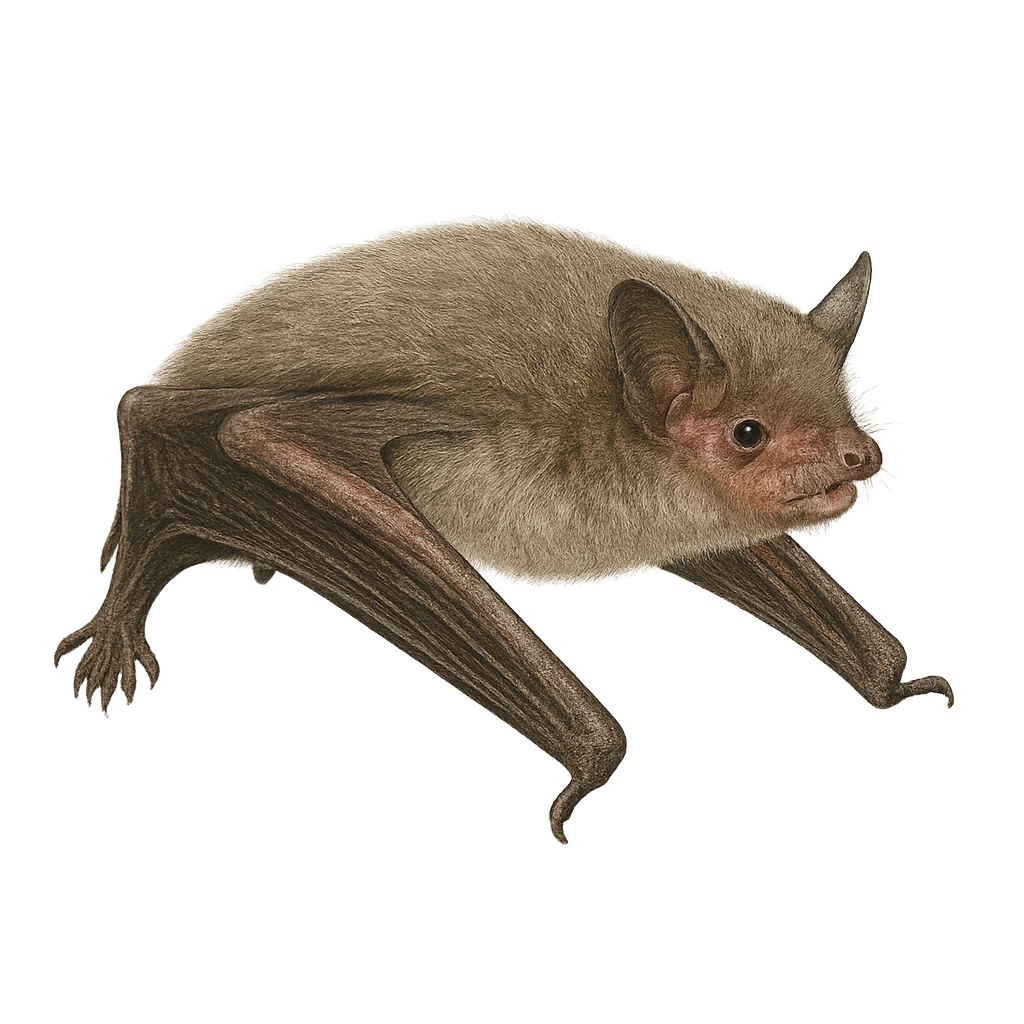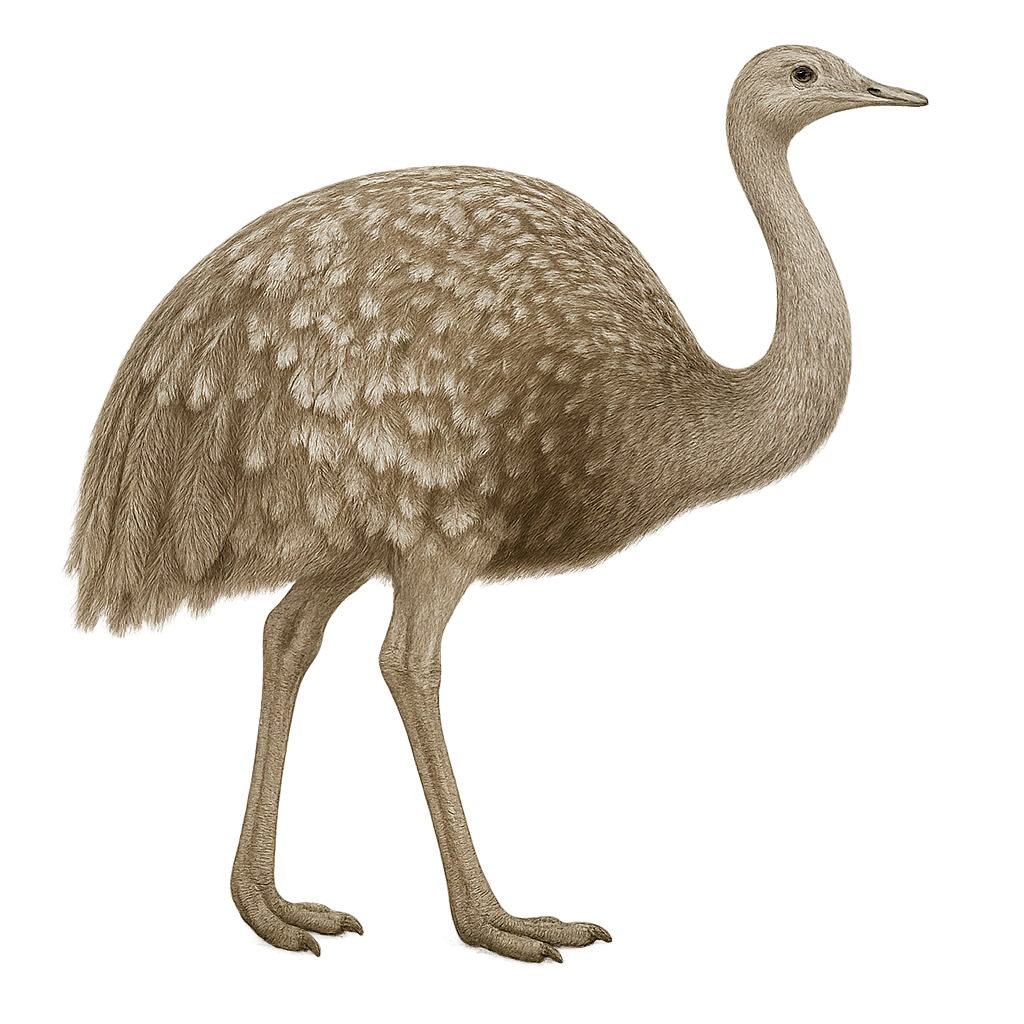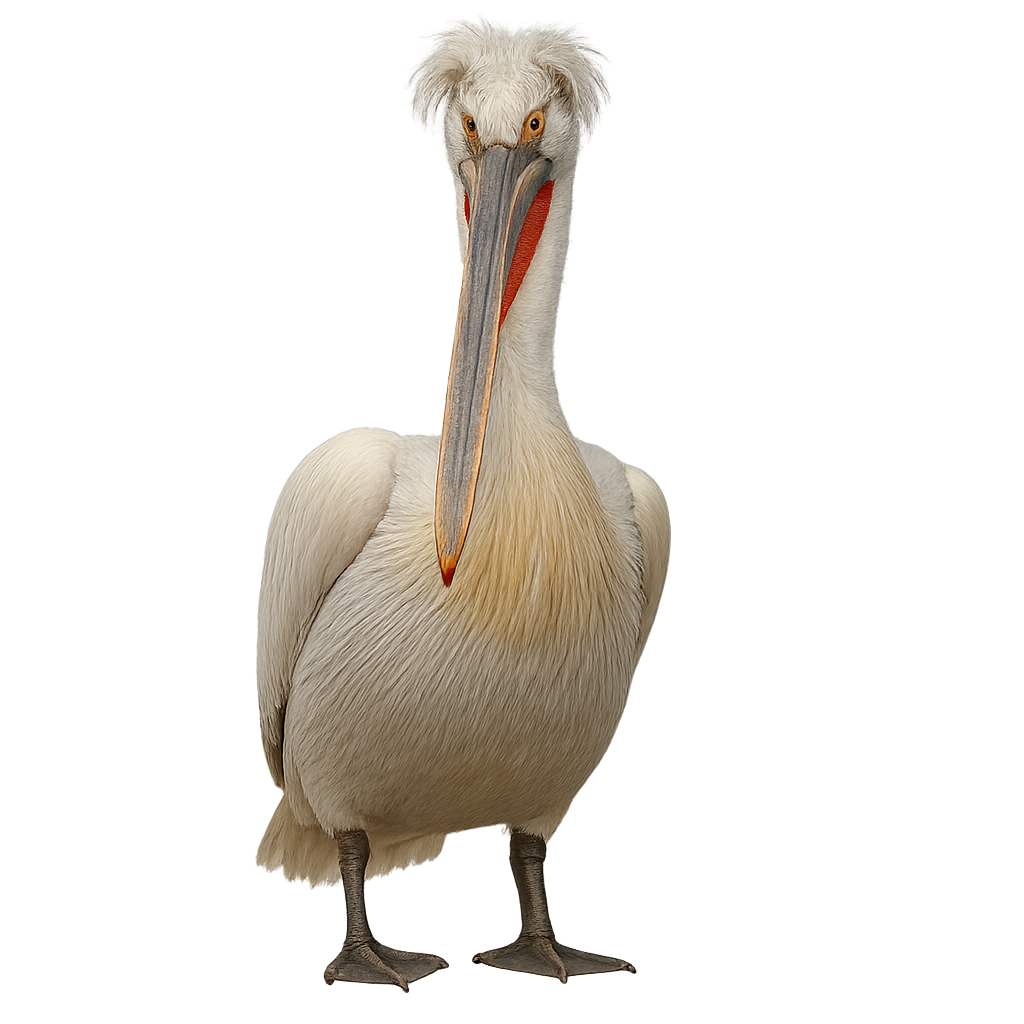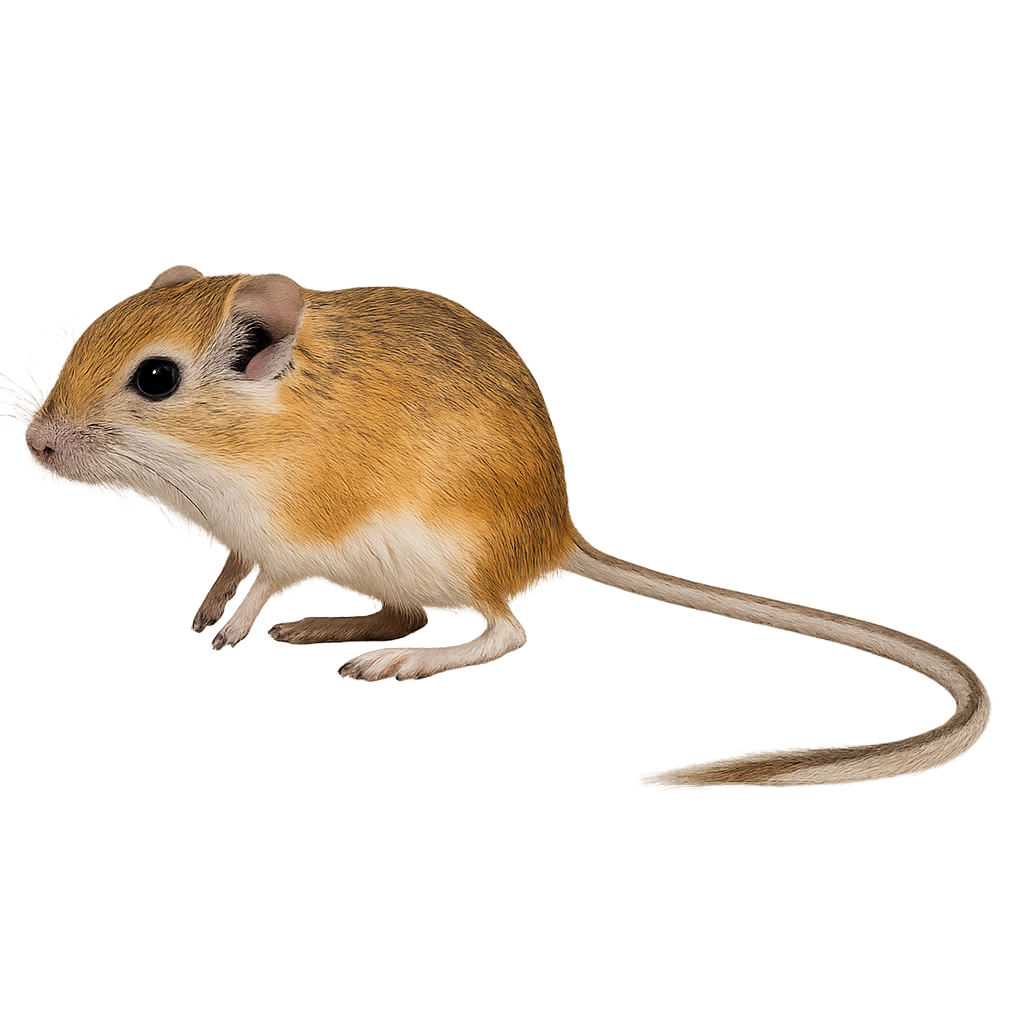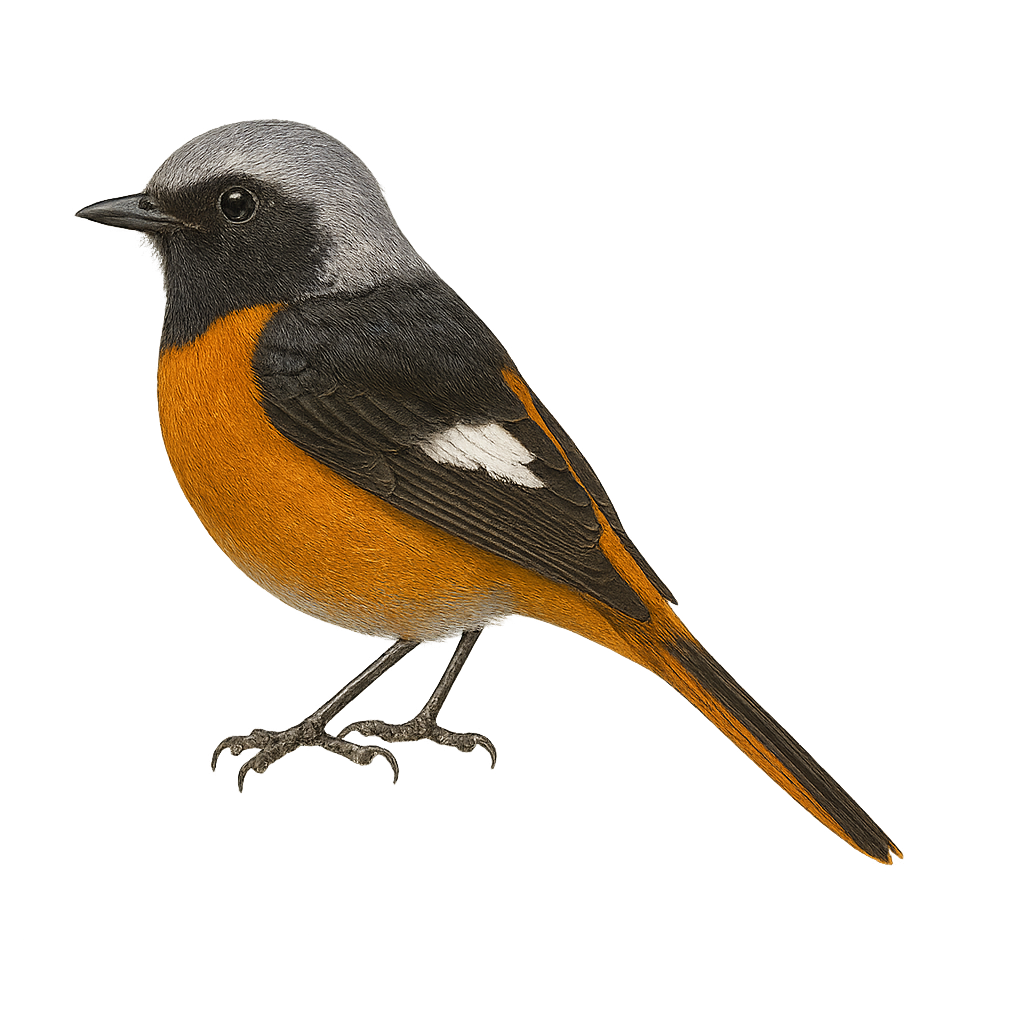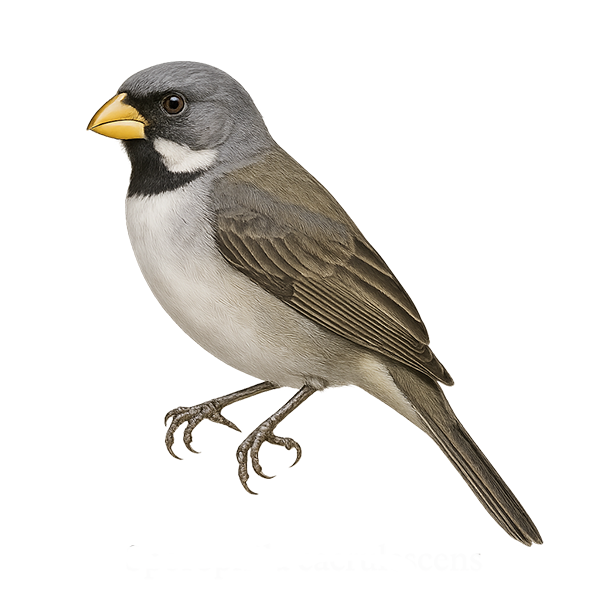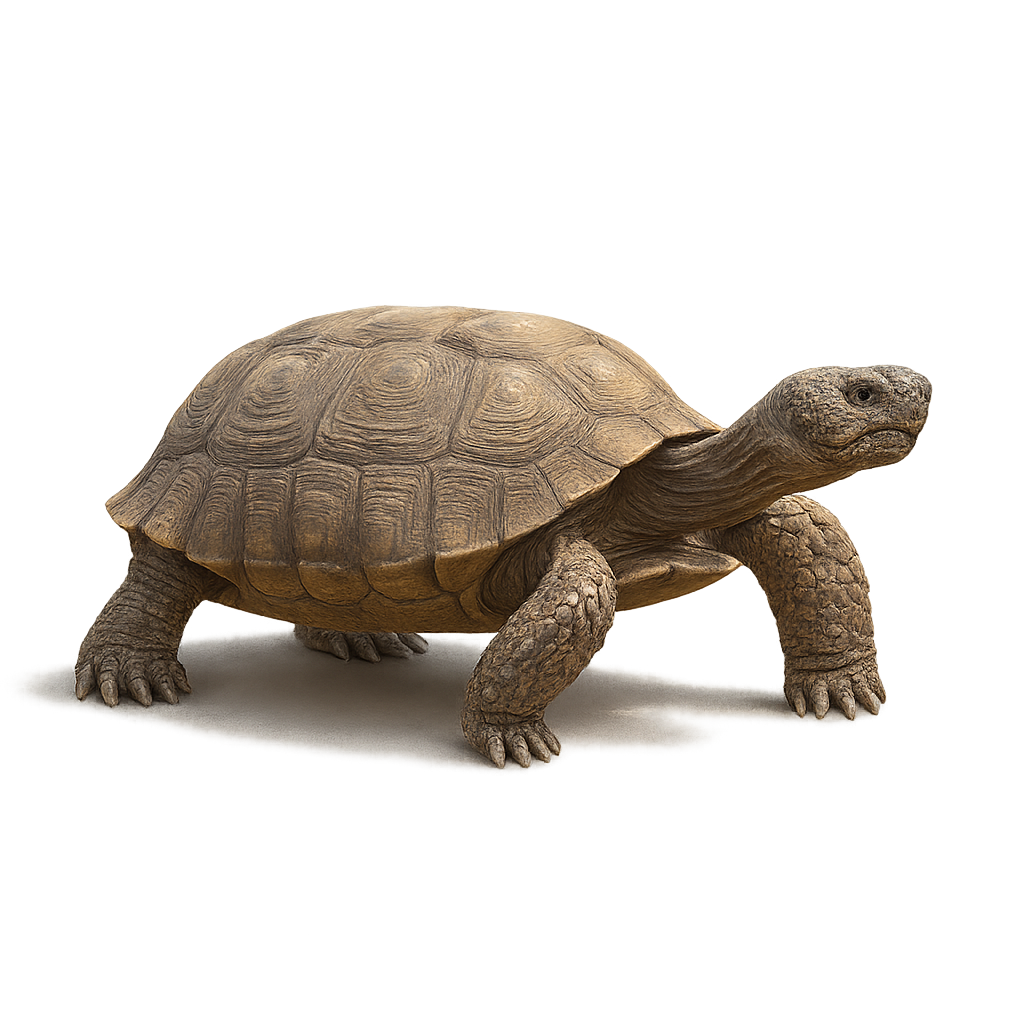Animal Species Profiles:
Mammals, Birds, Reptiles & More
Explore wildlife from around the world with the species profiles on WildlifePhotographer. Mammals, birds, reptiles… For each species, you’ll find key information such as habitat, observation periods, distribution, and photography tips. Want more details and advanced features? Download the full app for the complete experience.
Dunnock
Prunella modularis
The dunnock is a small passerine, 12–14 cm long, with streaked brownish-grey plumage, an unobtrusive posture and a quick, darting flight. It inhabits hedgerows, woodland edges and gardens, feeding on seeds and insects searched for on the ground or in foliage. During the breeding season, the male sings from a low perch to attract the female and defend a compact territory.
Dunlin
Calidris alpina
The Dunlin is a small, graceful wader, easily recognizable by its plumage that changes with the seasons, transitioning from gray-brown in winter to more contrasting black and white tones during breeding. This small bird primarily inhabits coastal areas of Europe, Asia, and North America, where it feeds on marine invertebrates, primarily worms and mollusks, which it finds by probing the sand and mud. The Dunlin exhibits social behavior and is often seen in groups, especially during migration.
This migratory wader covers long distances, leaving the cold regions of winter to reach more temperate or tropical areas for feeding and breeding. While relatively common, it can be affected by the disturbance of its coastal habitats.
Dian's monkey
Cercopithecus mitis
The Diademed Monkey is a primate of the Cercopithecidae family, native to the tropical forests of Central Africa, primarily in the Democratic Republic of Congo, Uganda, and Kenya. This monkey is recognizable by the crest of hair on the top of its head, forming a 'diadem,' from which it gets its name. The Diademed Monkey is a social animal living in groups and feeds primarily on fruits, leaves, and insects. It is also known for its complex vocalizations and marked social behaviors, communicating with other group members to establish relationships and organize movements.
Dwarf crocodile
Osteolaemus tetraspis
The African dwarf crocodile is a small semi-aquatic crocodilian, measuring 1–1.5 m in length, with a robust body, broad head, and dark brown and black mottled skin. It inhabits forest swamps, slow-moving tributaries, and wetlands of West and Central Africa, feeding primarily on fish, crustaceans, and aquatic invertebrates. Solitary and crepuscular, it shelters in burrows or under tree roots.
Dumeril's monitor
Varanus dumerilii
This semi-aquatic varanid lizard can reach 1.2 m in length, with a robust dark brown body marked by yellow crossbars. It inhabits humid forests and mangrove swamps of Southeast Asia, feeding mainly on crabs, molluscs and small vertebrates. During breeding, females dig burrows to lay clutches of 4–23 eggs.
Dromedary
Camelus dromedarius
The dromedary, Camelus dromedarius, is a large mammal with a single hump, well adapted to arid and desert environments. Originally from the Arabian Peninsula, it is now widely domesticated and used as a pack and transport animal in many regions of the Middle East and North Africa. Its hump, made of fat, allows it to survive long periods without water. The dromedary has a distinctive gait, moving at a steady pace over long distances. Its thick skin and closable nostrils protect it from sandstorms. Dromedaries are herbivores that primarily feed on dry and thorny vegetation.
Dugong
Dugong dugon
The Dugong is a marine mammal and herbivore primarily found in warm, shallow coastal waters of the Indian Ocean and Pacific. Closely related to manatees, it is more agile, with a streamlined body designed for swimming. The Dugong feeds on seagrasses, primarily seagrass species, which it pulls from the ocean floor. Although a protected species, the Dugong is threatened by habitat loss, pollution, accidental fishing, and climate change.
Dartford Warbler
Sylvia undata
The Dartford Warbler, Sylvia undata, is a small passerine bird with slate-grey plumage and a reddish throat. It is mainly found in Mediterranean regions, frequenting scrublands and heathlands. This bird is sedentary, although some populations may undertake short altitudinal migrations. The Dartford Warbler is known for its melodious and complex song, often delivered from a high perch. It primarily feeds on insects but can also consume berries. The breeding season extends from spring to summer, with nests built low in dense vegetation. Although its conservation status is concerning due to habitat loss, it remains relatively common within its range.
Demidoff's Dwarf Galago
Galagoides demidoff
The Demidoff's dwarf galago, also known as the Demidoff's bushbaby, is a small nocturnal primate native to the tropical forests of Central and West Africa. It is characterized by its diminutive size, measuring about 15 cm in length with a tail nearly as long. Its fur is soft and dense, typically gray-brown, allowing it to blend seamlessly into its natural surroundings. Its large, round eyes are adapted for night vision, and its mobile ears help detect the slightest sounds. It primarily feeds on insects, fruits, and tree gum. Although mostly solitary, it communicates with its peers through various vocalizations.
Dorcas gazelle
Gazella dorcas
The Dorcas gazelle is a small, graceful antelope well adapted to the arid environments of the Sahara and surrounding regions. It is distinguished by its light beige coat, which allows it to blend into the desert, and its elegantly curved horns. Standing about 55 to 65 cm at the shoulder and weighing between 15 and 20 kg, it is agile and fast, capable of running at high speeds to escape predators. Its diet mainly consists of leaves, flowers, and fruits, enabling it to survive in areas where water is scarce. The Dorcas gazelle is a symbol of grace and resilience in extreme conditions.
Darwin's frog
Rhinoderma darwinii
Darwin's frog is a unique species discovered in Chile and Argentina, famous for its unusual reproductive behavior. After fertilization, males carry the eggs in their mouths until the tadpoles develop into small frogs. They are small in size, brown or green in color, and live in temperate forests, feeding on insects and small invertebrates. The species is threatened by habitat loss and pollution.
Desert Horned Lizard
Phrynosoma platyrhinos
The Phrynosoma platyrhinos, or Desert Horned Lizard, is a fascinating reptile primarily inhabiting the arid regions of the western United States and northern Mexico. This lizard is easily recognizable by its flattened body and prominent head horns. Its coloration ranges from brown to gray, allowing it to blend into its desert surroundings. It primarily feeds on ants but can also consume other insects. This lizard has developed a unique defense mechanism: when threatened, it can squirt blood from its eyes to disorient predators. Although well-adapted to its habitat, it is vulnerable to habitat loss.
Dead Sea Sparrow
Passer moabiticus
The Dead Sea Sparrow, or Passer moabiticus, is a small passerine bird belonging to the Passeridae family. It is primarily found in the arid and semi-arid regions of the Middle East, especially around the Dead Sea, which gives it its English name. This sparrow is characterized by its gray and brown plumage, with lighter shades on the belly. Males have a gray cap and a black throat, while females are duller. They often live in colonies and are known for their melodious song. Their diet mainly consists of seeds and insects. Although relatively common in their range, their habitat is threatened by environmental degradation.
Desert Sparrow
Passer simplex
The Desert Sparrow, Passer simplex, is a small, sturdy bird primarily inhabiting the arid regions of the Sahara and the Arabian Peninsula. Its plumage is generally pale, with shades of beige and gray, allowing it to blend into its desert surroundings. Males have a gray cap and a black throat, while females are more uniform and discreet. Adapted to life in extreme conditions, this sparrow feeds mainly on seeds and insects found in the sparse vegetation of oases. It is often seen in small groups, foraging or resting in the shade to escape the intense heat.
Daubenton's bat
Myotis daubentonii
The Daubenton's bat is a medium-sized bat, easily recognizable by its brown-grey fur on the back and lighter on the belly. Its ears are short and rounded, and its wings are long and narrow, adapted for fast and agile flight. This species is often seen flying low over water bodies, where it primarily hunts aquatic insects. It uses echolocation to navigate and locate its prey. The Daubenton's bat is a nocturnal animal, spending its days in shelters such as tree cavities, buildings, or bridges. It is widely distributed in Europe and Asia, preferring habitats near water.
Darwin's Rhea
Pterocnemia pennata
The Pterocnemia pennata, commonly known as Darwin's rhea, is a large, flightless bird native to the arid and semi-arid regions of South America. It is characterized by its grey-brown plumage and long legs adapted for fast running. Often mistaken for an ostrich, it is smaller in size. Darwin's rheas live in groups and primarily feed on plants, seeds, and insects. They are known for their complex social behavior, especially during the breeding season when males build nests and incubate eggs. Although they can cover large distances, their habitat is threatened by agricultural expansion and hunting.
Dalmatian pelican
Pelecanus crispus
The Dalmatian Pelican is a large aquatic bird primarily found in Eastern Europe, the Middle East, and parts of Asia. It measures about 1.5 to 1.8 meters in length, with a wingspan of 2.3 to 2.5 meters, and weighs between 7 and 15 kg. What distinguishes the Dalmatian Pelican is its white plumage, sometimes tinged with yellow or pink, as well as its distinctive crest and long curved bill. It also has a pouch under its bill that allows it to capture fish. The Dalmatian Pelican primarily feeds on fish, which it catches by diving into the water or filtering with its bill. It is typically found near lakes, rivers, and wetlands. While the population of the Dalmatian Pelican is stable in some regions, it is still threatened by habitat loss, water pollution, and human disturbance.
Dotterel
Charadrius morinellus
The Eurasian Dotterel is a migratory bird primarily found in tundra areas and alpine meadows of Europe, Central Asia, and northern China. It measures about 25 cm in length, with a wingspan of 55 to 60 cm, and weighs between 100 and 150 g. Its plumage is primarily brown, with lighter underparts and white spots on the wings. It has a brown head with distinctive black patterns around the eyes and on the throat. During the breeding season, males display brighter plumage. The Eurasian Dotterel primarily feeds on small insects, worms, and seeds found on bare soils or in grassy areas. While its population remains relatively stable, this species can be threatened by habitat loss, particularly due to climate change and disturbances at its breeding sites.
Desert Kangaroo Rat
Dipodomys deserti
The Dipodomys deserti, or desert kangaroo rat, is a fascinating rodent inhabiting the arid regions of the western United States. This small mammal, weighing between 70 and 130 grams, is perfectly adapted to desert life. It has long hind legs that allow it to leap great distances, much like a kangaroo, hence its name. Its fur is generally sand-colored, providing excellent camouflage in its environment. The desert kangaroo rat is primarily nocturnal, allowing it to avoid the intense daytime heat. It mainly feeds on seeds, which it stores in its cheek pouches to transport back to its burrow.
Daurian Redstart
Phoenicurus auroreus
The Daurian Redstart, or Phoenicurus auroreus, is a small passerine bird belonging to the Muscicapidae family. It is easily identifiable by its distinctive plumage: the male sports a black head with a white forehead patch, a gray back, and a bright orange chest, while the female displays more subdued shades of brown and orange. This small bird is often seen in forests, parks, and gardens across East Asia, particularly in China, Korea, and Japan. Known for its melodious song, it adapts well to various habitats, including urban areas. As a partial migrant, it moves southward during winter months to escape cold temperatures.
Double-collared Seedeater
Sporophila caerulescens
The Double-collared Seedeater is a small passerine bird belonging to the Thraupidae family. It is primarily found in South America, particularly in Brazil, Argentina, Paraguay, and Uruguay. Its plumage is generally gray with lighter shades on the belly and a darker cap. Males and females exhibit sexual dimorphism, with males often displaying brighter colors. This bird inhabits various environments, from open forests to agricultural areas and urban gardens. It primarily feeds on seeds but can also consume insects. The Double-collared Seedeater is known for its melodious song and its ability to adapt to different environments.
Desert tortoise
Gopherus agassizii
The desert tortoise, Gopherus agassizii, is an iconic species of the arid regions of the southwestern United States and northern Mexico. Well adapted to its dry environment, it spends up to 95% of its time in burrows to protect itself from extreme heat and conserve moisture. Its shell, which can reach 15 inches in length, is brownish, allowing it to blend into the desert landscape. As a herbivore, it primarily feeds on grasses, wildflowers, and cacti. The desert tortoise plays a crucial role in its ecosystem, with its burrows providing shelter for many other species. Unfortunately, it is threatened by habitat loss, disease, and vehicle collisions.


